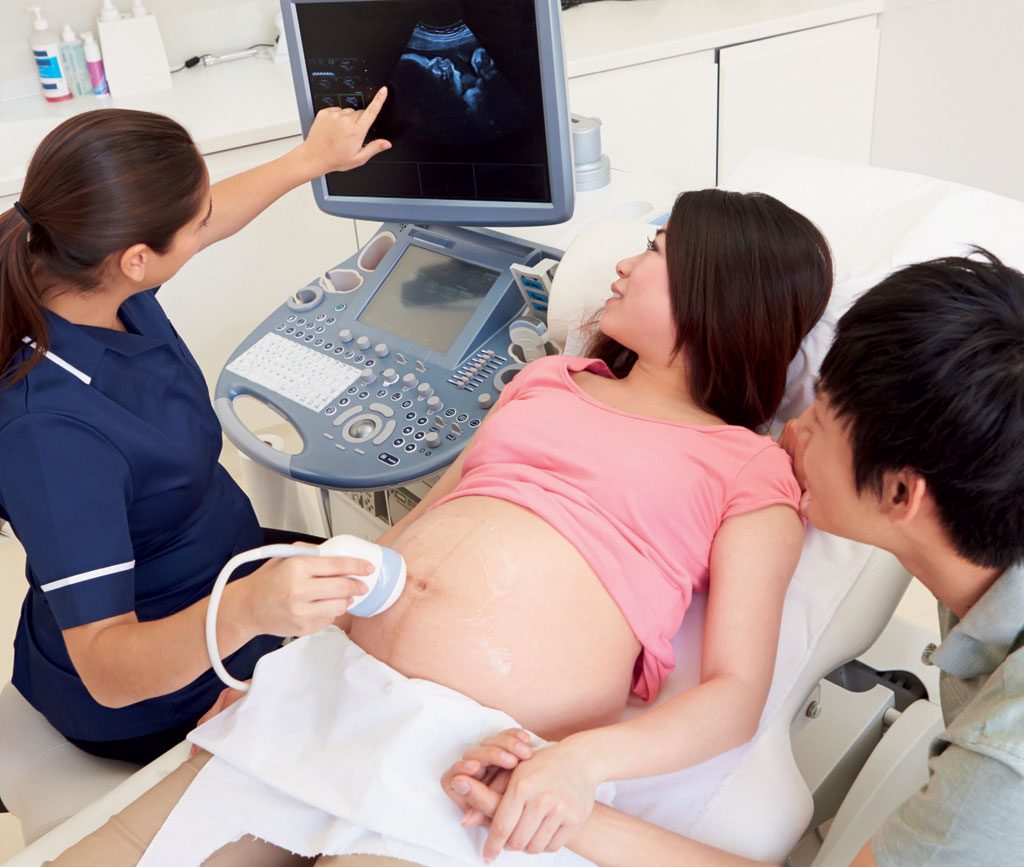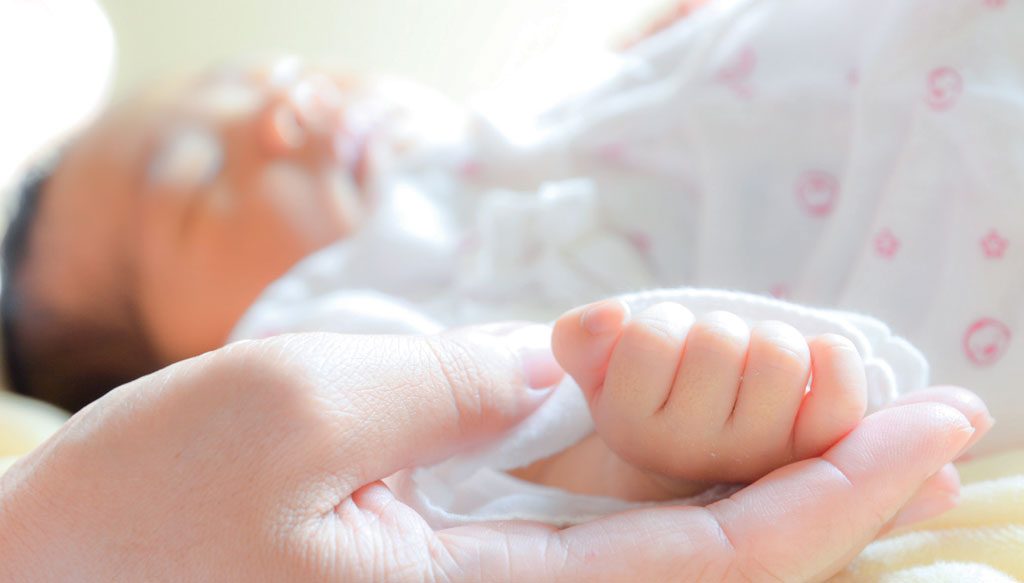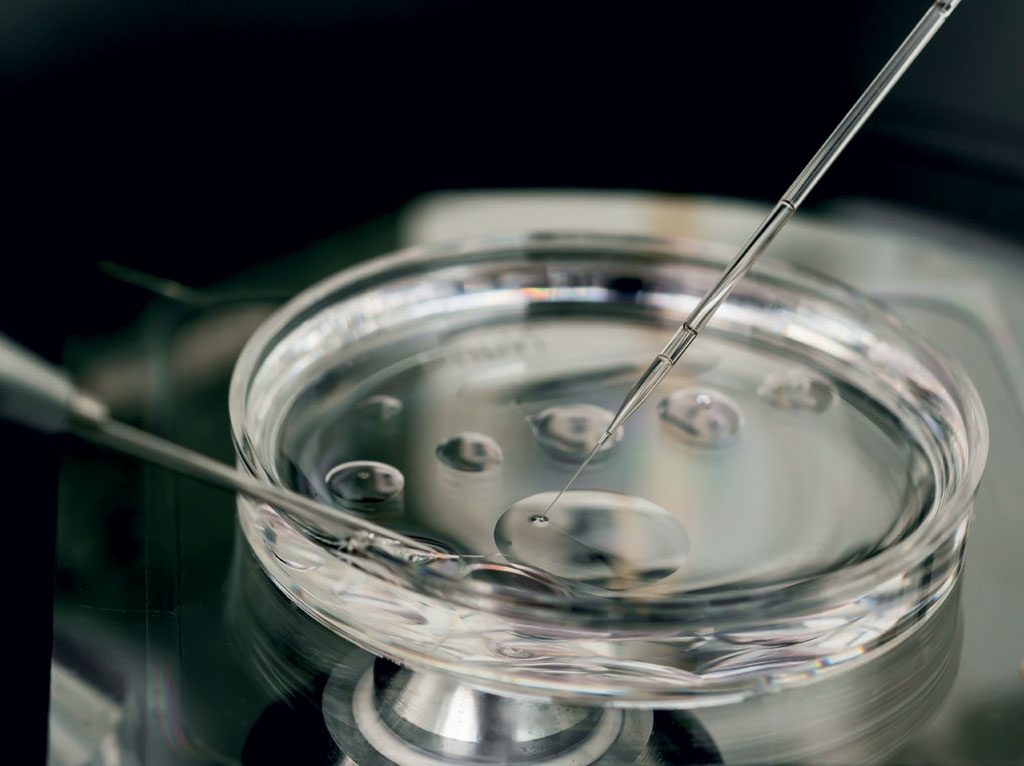
With more people getting married later in life, there is a corresponding increase in the number of older women becoming pregnant. Such ‘older pregnancies’ are defined as one where the mother is 35 or older when she delivers. While this has become more common, the odds of an older woman conceiving are far lower.
When she is 30, the chance of a woman conceiving per cycle is 20%; fast-forward to a woman at 40 and it drops to 5%. Fertility declines more quickly after 35 due to the drop in egg supply as a woman grows older. At puberty, she has about 300,000 eggs. A large part of this ‘egg bank’ would have been used up by the time she reaches 35; there is also a higher risk of sub-normal eggs. An older woman’s eggs are also not fertilised as easily as those of a younger woman.
Risk of Being Pregnant at an Older Age:
- Miscarriage rates begin to skyrocket in the 40s.
- The odds of genetic problems also increase. Older eggs are also more likely to result in chromosomal abnormalities, such as Down syndrome.
- Increase risk of medical complications in pregnancy, such as gestational diabetes, high blood pressure, and pre-eclampsia. Pre-eclampsia is a condition marked by high blood pressure and protein in the urine. Often, when a mother has pre-eclampsia, the baby needs to be delivered prematurely. In general, low-birth weight babies and premature births are more common with older women, who are also more likely to have C-sections and assisted deliveries.

Beating the Odds
While these issues may seem alarming, there are steps you can take to boost your fertility and chances of having a healthy baby.
Ovarian reserve
Find out yours as soon as you can. Ovarian reserve testing is a key part of an initial fertility evaluation, and is a way to measure a woman’s reproductive potential in terms of the number of follicles and the health of those follicles. The American Society for Reproductive Medicine recommends seeing a fertility specialist if you are over 35 and have been trying to conceive for more than six months, or are under 35 but have been unable to conceive after one year. Women over 40 having trouble conceiving should see a fertility specialist as soon as possible.
Ovulation cycles and semen parameters
Determine the timing of these. Over-the-counter ovulation tests can help you figure out the time of ovulation (egg release) and the best time for intercourse. The tests measure levels of a hormone that increases 12–36 hours before ovulation. Medication is available to help women who do not ovulate regularly.
Male factors include low sperm count, abnormal sperm appearance, blocked sperm ducts or poor motility of the sperm. About one-third of infertility cases are due to female issues, one-third to the male, and the remaining to both or unknown factors. So it’s important that both partners be evaluated, especially if the male is in his 40s

Stop smoking
It reduces fertility and increases the chance of delivering a low-birthweight baby. A study of sperm counts showed dramatic increases in men who stopped smoking.
Prenatal supplements
Women of childbearing age should take a daily prenatal dose of supplements containing at least 400mg of folic acid. Getting enough folic acid before and during the first three months of pregnancy can help prevent defects involving the baby’s brain and spinal cord. In 2016, the International Federation of Gynecology & Obstetrics (FIGO) recommended that all women should take multimineral supplements — not just folate supplements — pre-pregnancy.
Correct medical problems
If you have high blood pressure or diabetes, keep up with your doctor’s appointments and manage your condition before getting pregnant. See your dentist for regular exams and cleaning, as having healthy gums and teeth reduces the chance of pre-term births.
Be open to ART (assisted reproductive technology)
These range from simple to complex treatments, depending on your beliefs and values, and how far you and your spouse are prepared to go. Success rates are better if you don’t procrastinate. ARTs include:
- Intrauterine insemination (IUI)
This involves placing washed and activated sperm inside a woman’s uterus around the time her ovary releases the eggs so they can be fertilised. The goal of IUI is to increase the number of sperm that reach the fallopian tubes and fertilise a waiting egg, resulting in a normal pregnancy. - In-vitro fertilisation (IVF)
This is the oldest and most widely used ART. With IVF, your retrieved eggs are fertilised outside your body in a laboratory setting, where they are mixed with your partner’s sperm. After three to five days, one or more healthy embryos are implanted in your uterus.

Older Father
An equally important factor is the father and his nutrition, lifestyle and hormonal levels, which will also impact the chances of pregnancy. His participation in the pregnancy process, therefore, should be emphasised much more often than it is at present.






